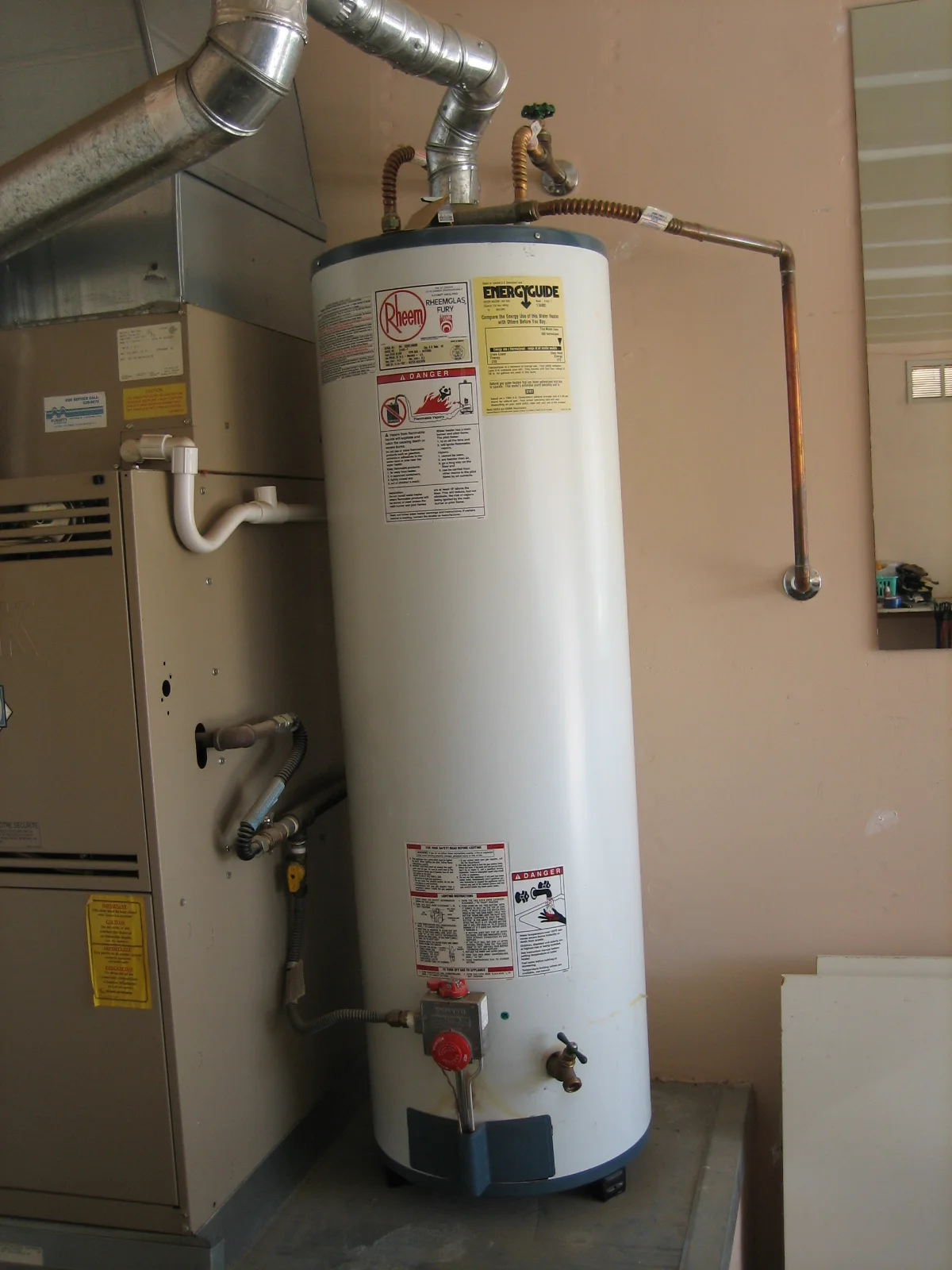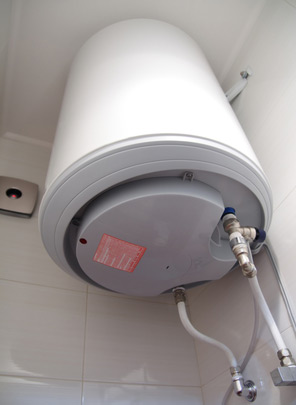The content underneath about How to Maintain Your Water Heater & Prolong its Life is exceptionally enjoyable. Check it out for your own benefit and figure out what you think of it.

Hot water is vital for daily comfort, whether it's for a revitalizing shower or cleaning meals. To ensure your hot water system runs efficiently and lasts much longer, routine maintenance is key. This article gives functional ideas and insights on how to keep your home's hot water system to stay clear of interruptions and expensive repairs.
Intro
Keeping your home's hot water system might appear complicated, however with a few straightforward steps, you can ensure it runs smoothly for years ahead. This overview covers everything from recognizing your warm water system to DIY upkeep suggestions and knowing when to call professional aid.
Significance of Preserving Your Warm Water System
Regular upkeep not only extends the life-span of your hot water system yet likewise guarantees it operates successfully. Neglecting upkeep can lead to reduced performance, higher energy costs, and even early failing of the system.
Signs Your Warm Water System Demands Maintenance
Understanding when your warm water system requires attention can stop significant issues. Watch out for indicators such as inconsistent water temperature, weird noises from the heating unit, or rustic water.
Purging the Water Heater
Flushing your water heater removes sediment accumulation, enhancing performance and lengthening its life.
Monitoring and Changing Anode Rods
Anode poles prevent corrosion inside the tank. Examining and replacing them when worn out is important.
Complex Issues Requiring Specialist Assistance
Instances consist of significant leakages, electrical issues, or if your water heater is regularly underperforming.
Routine Professional Maintenance Benefits
Professional upkeep can consist of detailed examinations, tune-ups, and making sure conformity with security standards.
Evaluating and Changing Temperature Settings
Changing the temperature level setups makes sure optimum efficiency and safety and security.
Do It Yourself Tips for Upkeep
You can execute numerous upkeep jobs on your own to maintain your warm water system in leading problem.
Checking for Leaks
Routinely examine pipes and connections for leaks, as these can result in water damages and greater costs.
Recognizing Your Hot Water System
Before diving right into upkeep tasks, it's useful to understand the standard elements of your hot water system. Typically, this consists of the hot water heater itself, pipes, anode rods, and temperature level controls.
Regular Monthly Maintenance Tasks
Normal regular monthly checks can help capture small problems before they rise.
Evaluating Pressure Alleviation Valves
Evaluating the pressure safety valve ensures it operates correctly and prevents too much stress accumulation.
Insulating Pipes
Shielding warm water pipes reduces warmth loss and can conserve energy.
When to Call a Professional
While do it yourself upkeep is useful, some issues require specialist know-how.
Final thought
Regular upkeep of your home's warm water system is important for efficiency, long life, and expense savings. By adhering to these tips and recognizing when to seek specialist help, you can make certain a dependable supply of warm water without unexpected disturbances.
How to Maintain an Instant Hot Water Heater
Before tinkering with your hot water heater, make sure that it’s not powered on. You also have to turn off the main circuit breaker and shut off the main gas line to prevent accidents. Also turn off the water valves connected to your unit to prevent water from flowing into and out of the appliance. 2. When you’re done, you have to detach the purge valves’ caps. These look like the letter “T†and are situated on either side of the water valves. Doing so will release any pressure that has accumulated inside the valves while at the same time avoid hot water from shooting out and burning your skin. 3. When the purge valves’ caps are removed, you have to connect your hosing lines to the valves. Your unit should have come with three hoses but if it didn’t, you can purchase these things from any hardware or home repair shops. You can also get them from retail stores that sell water heating systems. Read the user’s manual and follow it to complete this task properly. When the hosing lines are connected, open the purge port’s valves. 4. You should never use harsh chemical cleaners or solutions when cleaning your unit. Make use of white vinegar instead. It should be undiluted and you’ll probably use about 2 gallons. 5. Now flush your water heater. This task should probably take about 40 minutes. We can’t give you specific directions for this because the procedure is carried out depending on the type, model and brand of your heater. With that being said, refer to the user’s manual. 6. When you’re done draining the unit, you have to turn off the purge port valves again. Remove the hosing lines that you earlier installed on each of the water valves. Put the valve caps (purge port) back in their respective places and be very careful so as not to damage the rubber discs that are found inside these caps. 7. Now that everything’s back in place, check your user’s manual again to find out how to reactivate your water heating system. 8. Once it is working, turn one of your hot water faucets on just to let air pass through the heater’s water supply pipes. Leave the tap on until water flows smoothly out of it. https://www.orrplumbing.com/blog/2014/september/how-to-maintain-an-instant-hot-water-heater/

I recently found that review about What Kind of Maintenance Do Water Heaters Need? when looking around the search engines. Are you aware of another individual who is looking into the niche? Why not promote it. We recognize the value of your readership.
Phone